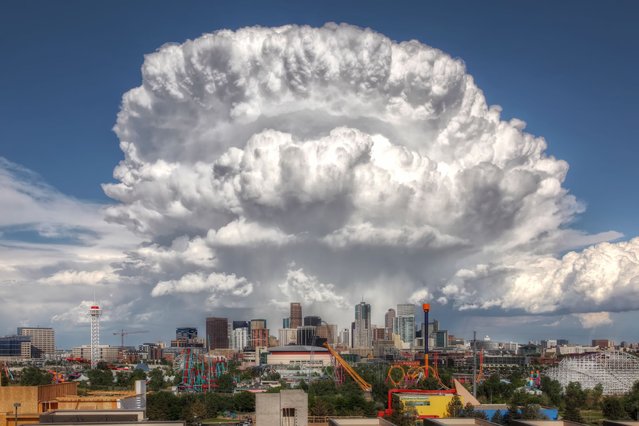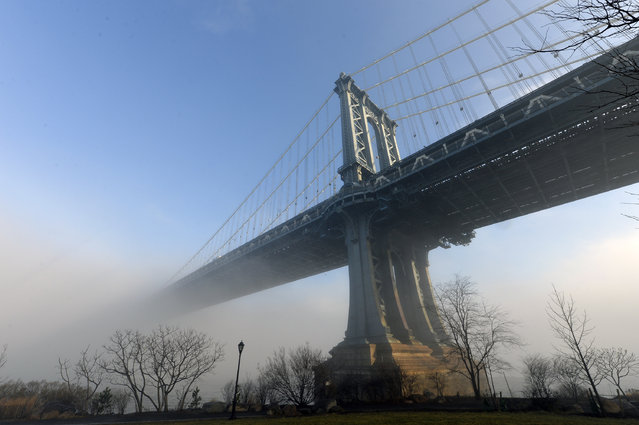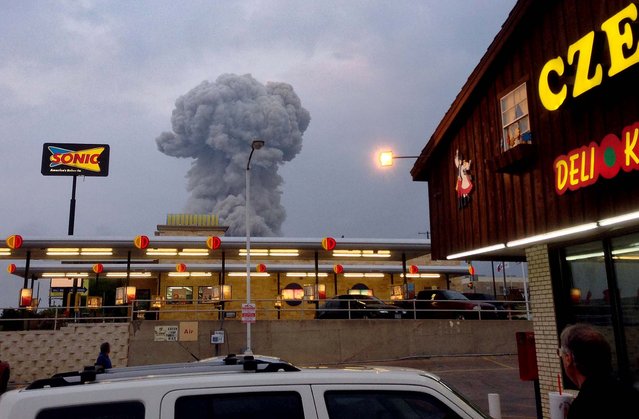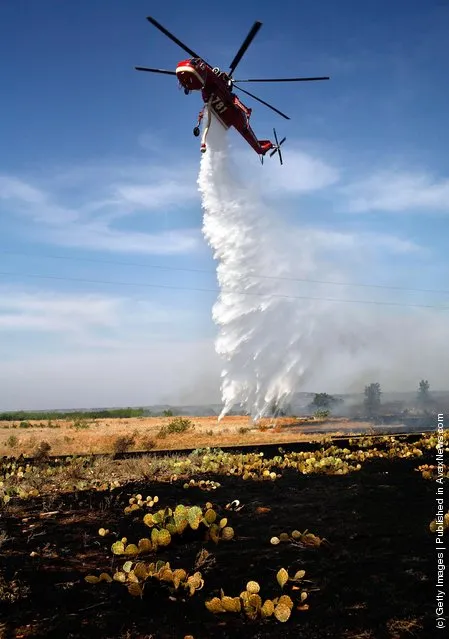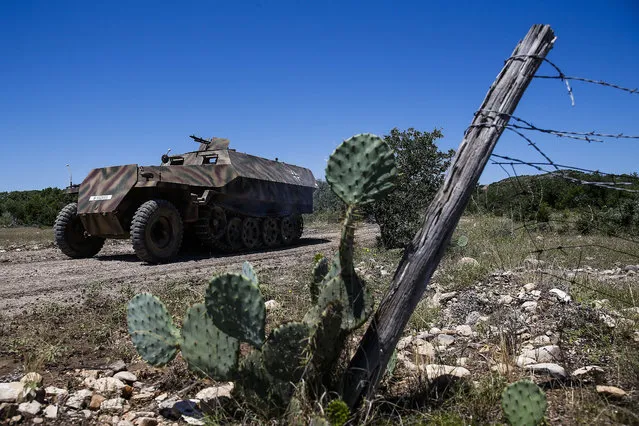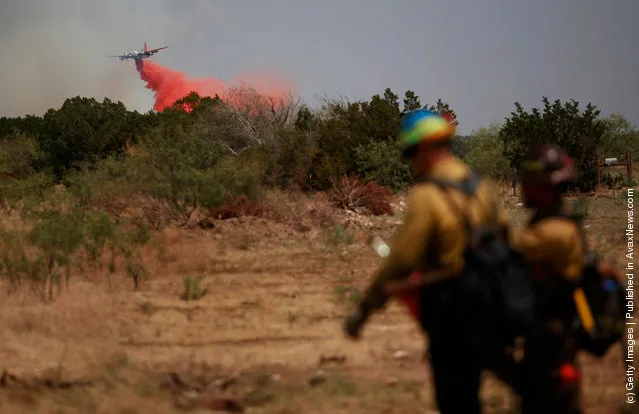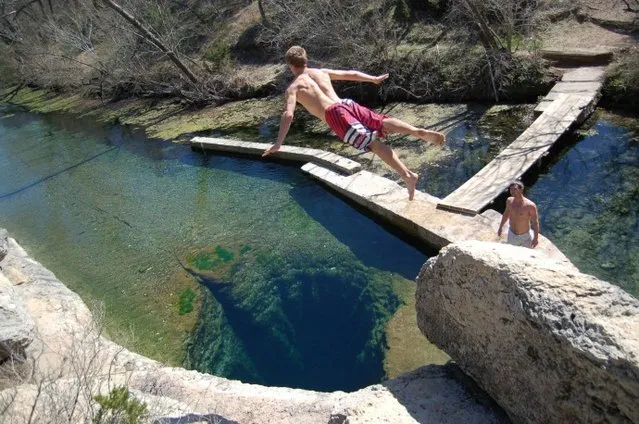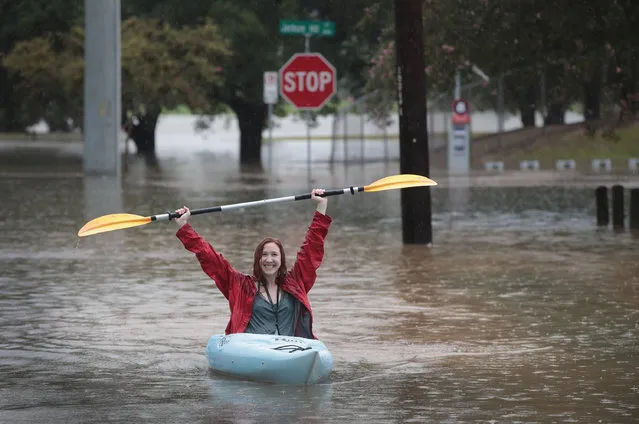
Ashley Ward kayaks down a flooded street that has been inundated with water from Hurricane Harvey on August 27, 2017 in Houston, Texas. Harvey, which made landfall north of Corpus Christi late Friday evening, is expected to dump upwards to 40 inches of rain in areas of Texas over the next couple of days. (Photo by Scott Olson/Getty Images)
28 Aug 2017 11:55:00,post received
0 comments

